Changing Places Toilets are adapted toilet facilities that provide accessible toilets to those in the community who may have high support needs.
Action Auto Door are experienced installers of Disabled Access Automatic Toilet Doors in Sydney, Melbourne, Brisbane, Gold Coast, Perth, Adelaide , Canberra, Hobart and major regional centres.
Changing Places Toilets follow four design options:
- 1A without shower rectangular
- 1B without shower square
- 1C without shower alternative door location
- 2 with shower rectangular
Detailed information regarding changing places toilets design and specifications can be found at the Changing Places Australia Website and in the below document. .
Changing Places Design Specifications 2020
Toilets built according to the Changing Places design specifications will generally meet the Deemed-to-Satisfy Provisions of the National Construction Code.
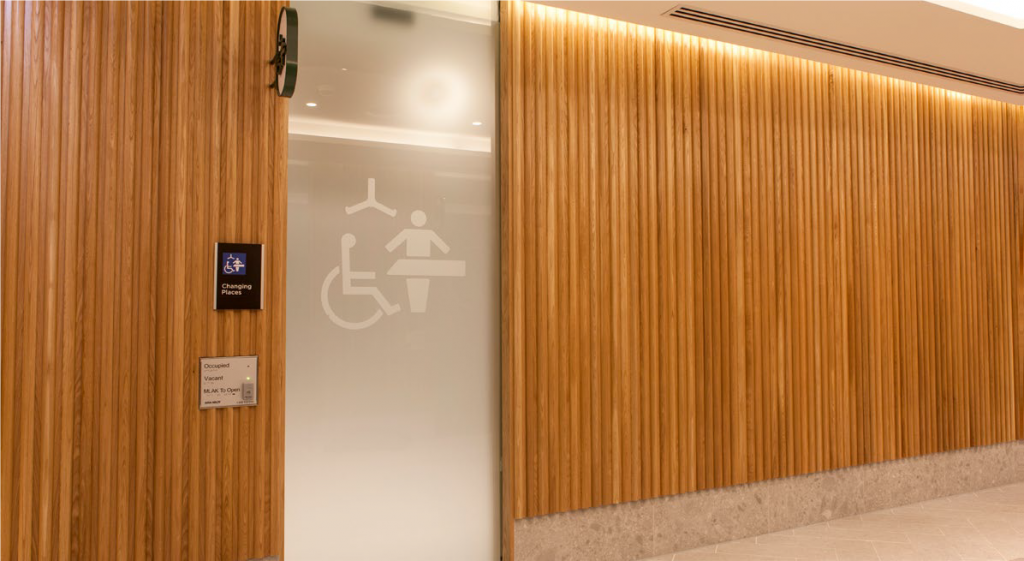
Changing Places facilities provide:
- a height-adjustable adult-sized change table
- a constant-charging ceiling track hoist system
- a centrally-located peninsula toilet
- circulation spaces as defined in the design specifications
- an automatic door with a clear opening of 950 mm at a minimum (1100 mm for beach and lake locations)
- a privacy screen.
As stated above an automatic door opening system is a requirement for Changing Places Toilets. To ensure safe entry and exit a disabled access privacy kit must also be used to comply with Australian Building Standards and Codes.
Compliant Privacy Kits Must:
- Have specified door control locations – as stated in the Changing Places design specifications.
- Push To Open and Push To Lock buttons of 25mm in diameter. The Push to Open button can be replaced with a MLAK where there is risk of vandalism
- Occupied’ and ‘Vacant’ indicator lights are required on the external plate. • ‘Locked’ and ‘Unlocked’ indicator lights are required on the internal plate
- Door control braille for the vision impaired
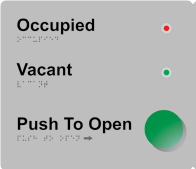
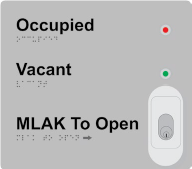
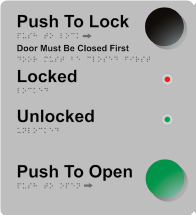
While not a requirement it is recommended that Changing Places toilets all be fitted with a Master Locksmith Access Key (MLAK)
The MLAK is available for free to eligible people with a disability who need to access the Changing Places facilities. These can be organised through local councils.
Action Auto Doors disabled toilet privacy plates are compliant with Australian Standards and the Disability Building Code AS 1428.1:2021 -Design for access and mobility
Privacy plates come with or without MLAK lock for changing places requirements.
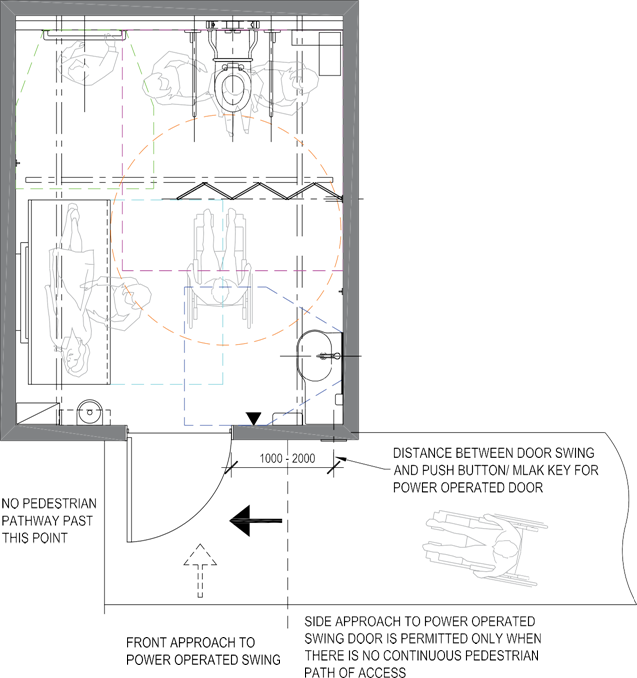
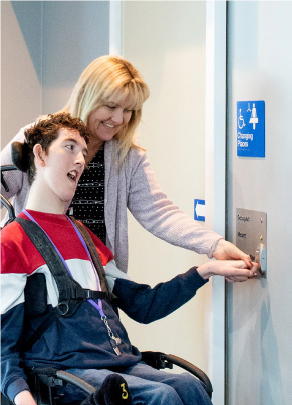
Compliance with the Changing Places design and specifications is important as all changing Places Toilets must be deemed compliant by an independent Changing Places Assessor.
It is always recommended to engage with an Assessor before construction commences as there is a 3 stage process to ensure compliance at each stage of the build.
Action Auto Door can also provide information in relation to the installation of the automatic door operator. Before plans go ahead it is important to have the right measurements and space for the automatic door operator. Design specifications will also confirm whether a swing door or sliding door operator is required.
For more information regarding automatic door setup for Changing Places facilities contact Action Auto Door. We are a NDIS Registered provider specialising in disability access.
